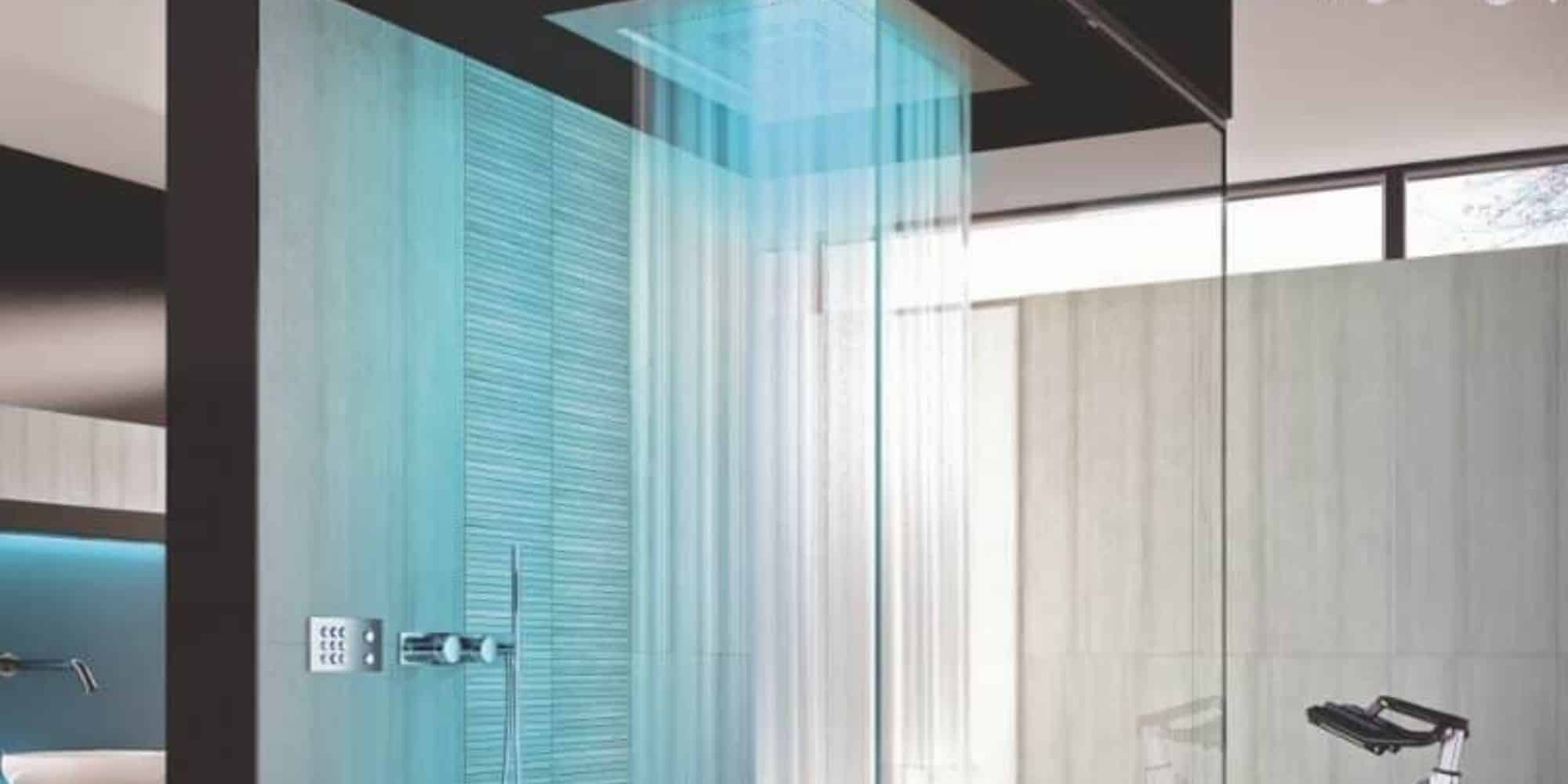Are you looking to create a wet room? Then you will find our guide on how to waterproof a wet room very useful. If you already have a wet room and it’s leaking, you will understand the importance of waterproofing the room thoroughly before you begin.
Tiles are waterproof and water resistant however when creating a wet room it is important that the joints between the tiles are correctly sealed as not to leak and cause damage. Wet rooms have a central drain in the floor for the water to drain away and you’ll need to make sure that this area is properly sealed and completely watertight.
Follow our steps on how to waterproof your wet room below and all should be fine and dandy!
Step 1. Ensure the surfaces are flat
The first step is make sure your surfaces are flat and smooth by removing any old tile or plaster otherwise your wet room is going to be bumpy. Then fill in any holes and leave the filler to dry before moving onto step 2.
Step 2. Apply primer
Once the filler is completely dry you can apply your first coat of primer using a brush. Be sure to work in vertical strokes to ensure an even coverage. And don’t forget any spots from the top of the ceiling to the bottom of the floor. Allow the primer to dry for a good couple of hours before repeating this time working in horizontal strokes to ensure complete coverage.
Step 3. Apply waterproof tape
Once both coats of primer are dry you can move onto step 3 which is applying waterproof tape to the joints in the room. By applying the tap to the vertical joints between the walls and the horizontal joints between the walls and floor water will be prevented from seeping in. If you have wooden floor boards you’ll need to tape between the floorboards.
Top Tip: When taping work from the bottom up.
Step 4. Seal the drain
Using self-adhesive membrane seal around the drain area by cutting a hole the size of the drainage pipe. Ensure the tape is securely stuck and that there are no air bubbles between the membrane and the floor.
Step 5. Seal the joints and apply the rubber membrane
The joints between the walls and floor need sealing tightly before applying the rubber membrane ti the floor and then the walls.
Top Tip: Make sure the rubber membrane on the floor has dried before applying it to the walls
Step 6. Apply the liquid membrane
Nearly there…once two coats of liquid membrane have been applied leave the room to completely dry. Once the wet room is dry you can begin tiling
Whether you are feeling confident to waterproof and tile a wet room yourself or going to call in a professional (we promise we won’t tell) we would love to see your photographs. You can send us them on Instagram by tagging @tilesandmosaics
You can buy our waterproofing wet room kits (also known as wet room tanking kits) on our website.
We also sell a whole range of Jackoboard wet room products including Jackoboard tile backer boards on our website too.
To find tiles suitable for wet rooms, please browse our extensive range to find examples such as patterned tiles, stone effect tiles and Zellige bathroom tiles.


